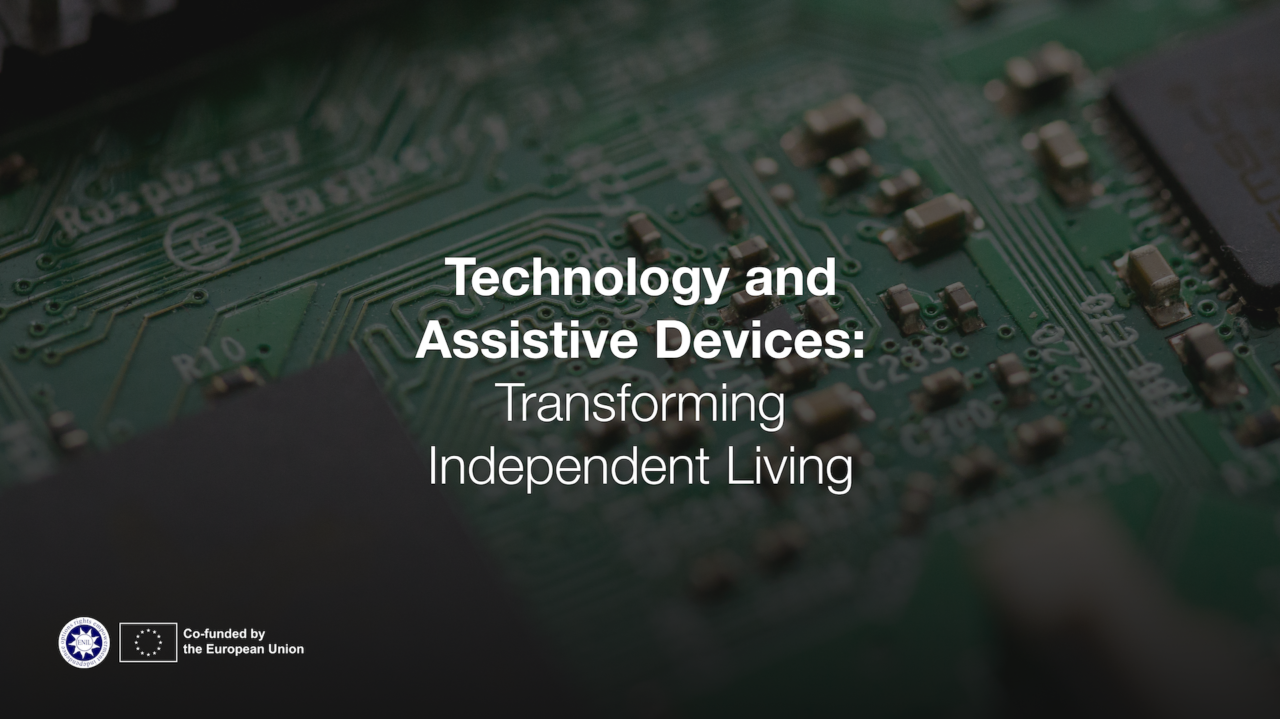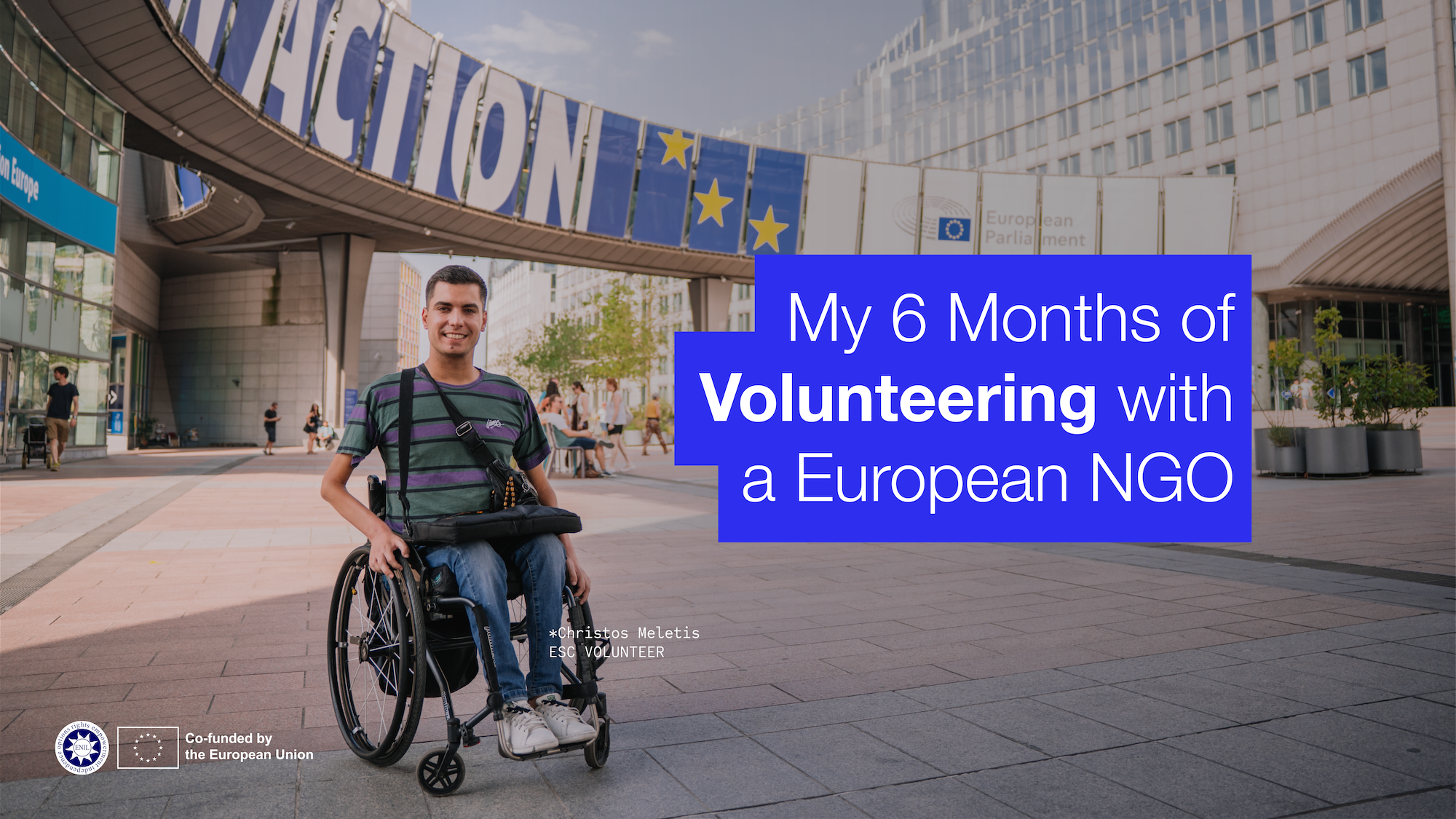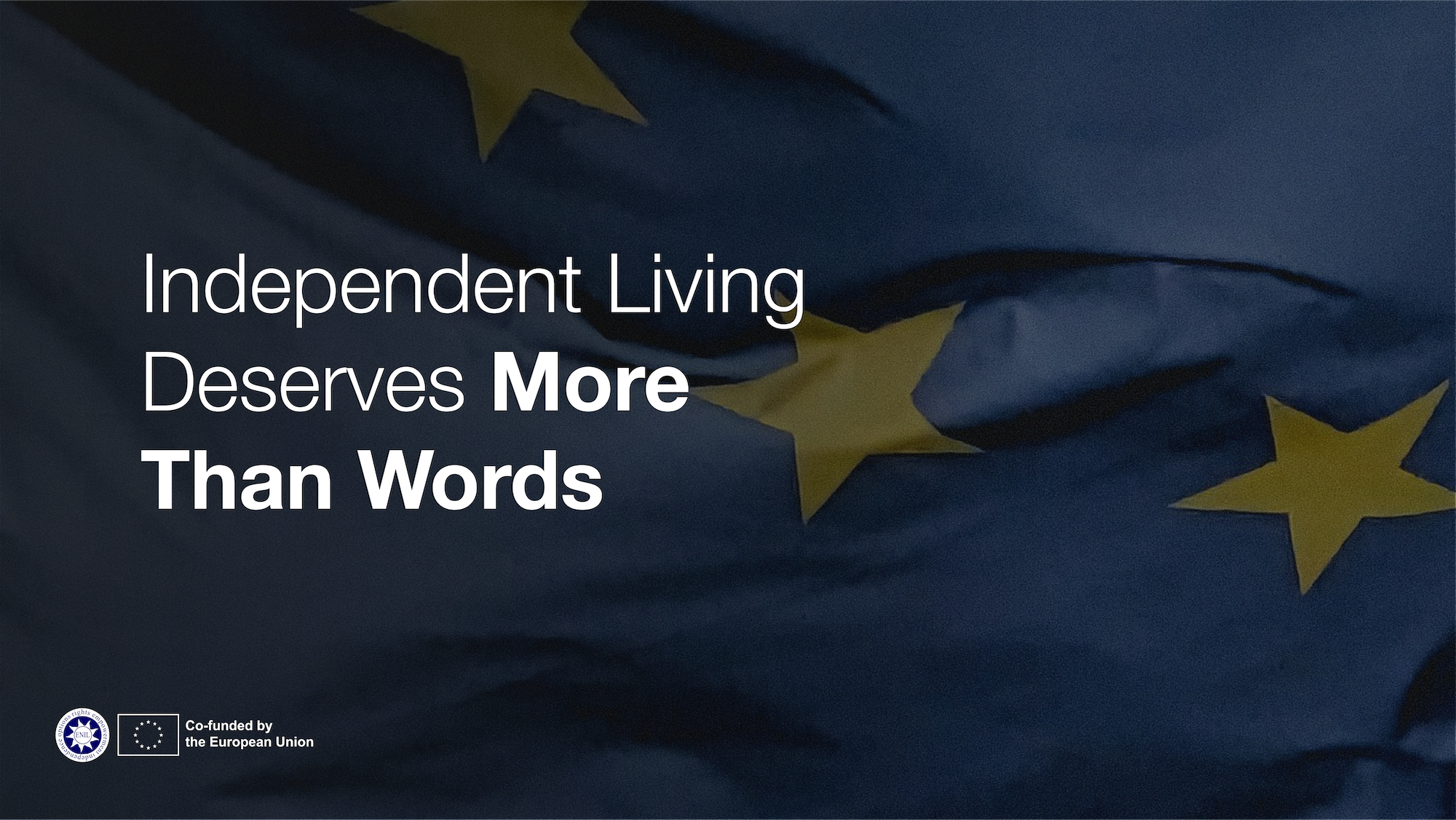This article was written by Björn Lubetzki (bjoern.lubetzki@gmail.com) and Christian Bayerlein (c.bayerlein@gmail.com) from the Bridge the Gap
In today’s world, technology is not just a luxury—it’s a lifeline. For people with disabilities, advances in technology and assistive devices have opened up new possibilities, allowing them to lead more independent and fulfilling lives. But what does this look like in practice? Let’s explore how these innovations are making a tangible difference in our everyday lives.
A New Era of Accessibility
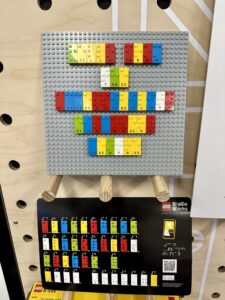
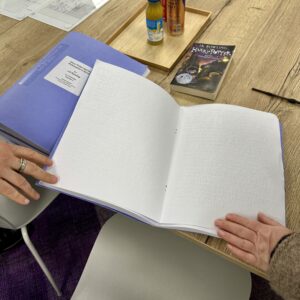
Take a look at the accessibility features embedded in everyday devices like smartphones. What might seem like minor conveniences to some— features like voice control, magnifiers, and live captioning—are game changers for many people with disabilities. For instance, I rely heavily on the Magnifier feature on my smartphone because my eyesight isn’t as sharp as it used to be. This tool helps me read the text on my Korean Fire Ramen packaging, which is extremely small. I also use the Medical Reminder feature on my Apple Watch, which can assist me in keeping track of my medication schedule, helping to reduce the risk of seizures. While the feature is helpful, there’s still room for improvement in its implementation, particularly in ensuring I remember to confirm that I’ve taken my meds.
Christian, on the other hand, uses advanced features like Dragon 16 for speech recognition on his computer, which allows him to control his PC more efficiently without the need for a mouse. This is complemented by assistive tools like his customized wheelchair, equipped with a Bluetooth mouse and mini joystick, making digital interaction and physical mobility much smoother.
Assistive Devices That Lead to Independence
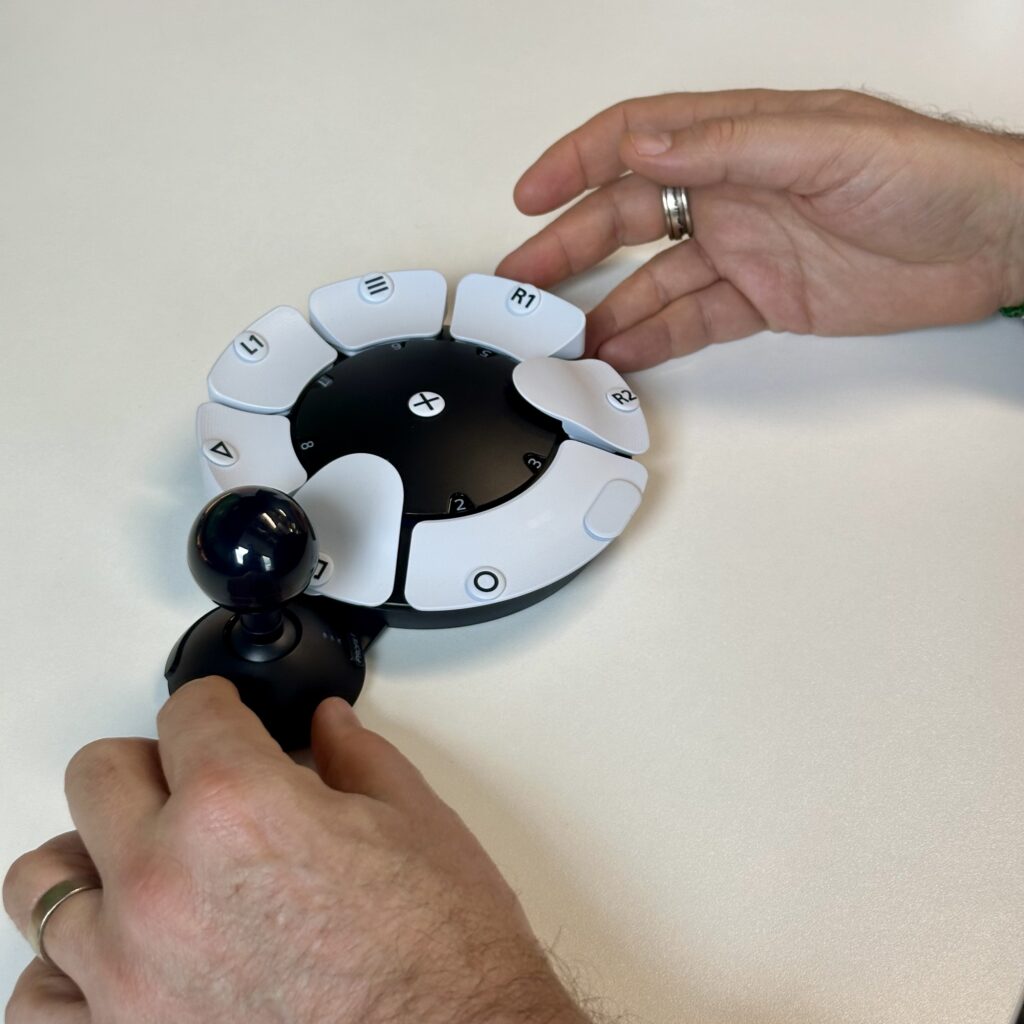
Then, there are the assistive devices that are transforming how people with disabilities engage with the world around them. From sophisticated power wheelchairs that can be customized with 3D-printed parts to innovative neurotechnology that allows for controlling devices through muscle impulses, these tools are not just improving accessibility—they’re redefining it. Consider how something as simple as a joystick adapter can enable a person to use a computer, opening doors to education, work, and social connections. Christian’s use of Smart Home technology to control lighting, heating, and even his front door with a smart lock is a prime example of how these technologies are integrated into daily life, making independence more attainable.
Expanding Everyday Functionality

In addition to specialized tools, everyday technologies have been adapted to better serve the needs of those with disabilities. For example, Google Maps is a widely used app, but for wheelchair users, specific tools like Wheelmap offer more tailored navigation, allowing users to find wheelchair-accessible places. Christian frequently uses this kind of app to navigate public spaces more effectively. Similarly, basic apps like text editors become essential tools when more complex software fails to meet accessibility standards, allowing users to perform simple tasks with greater ease and efficiency.
Pushing the Boundaries
While current technologies are impressive, there’s always room for growth. Imagine a future where live captioning is seamlessly combined with live translation, breaking down language barriers for everyone. Or consider the potential of AI-driven tools that could allow users to interact with images via text prompts, significantly easing the creation and editing process for those who find traditional software challenging. These innovations would be particularly beneficial for people like Christian, who prefers using text prompts over complex mouse interactions for image creation.
At the Google’s Accessibility Discovery Center (ADC) in London, we’ve encountered numerous examples of technology pushing the boundaries, such as Live Transcribe, a feature that offers real-time transcription, or Apple’s Personal Voice system, which allows users to create a personalized voice model. Google’s app that guides blind users in taking selfies and a tactile watch that allows users to “feel” the time are other brilliant examples of how technology is being tailored to meet diverse needs.
The real challenge lies not just in creating new features but in ensuring that they’re fully integrated into the lives of those who need them most. Too often, great technology exists, but it’s underutilized because people aren’t aware of it or it’s not as user-friendly as it could be. Making these tools accessible isn’t just about innovation—it’s about awareness and usability.
The true measure of success is not in the number of features but in the independence and freedom those features bring to those who need them most. Here’s to a future where technology truly bridges the gap.
